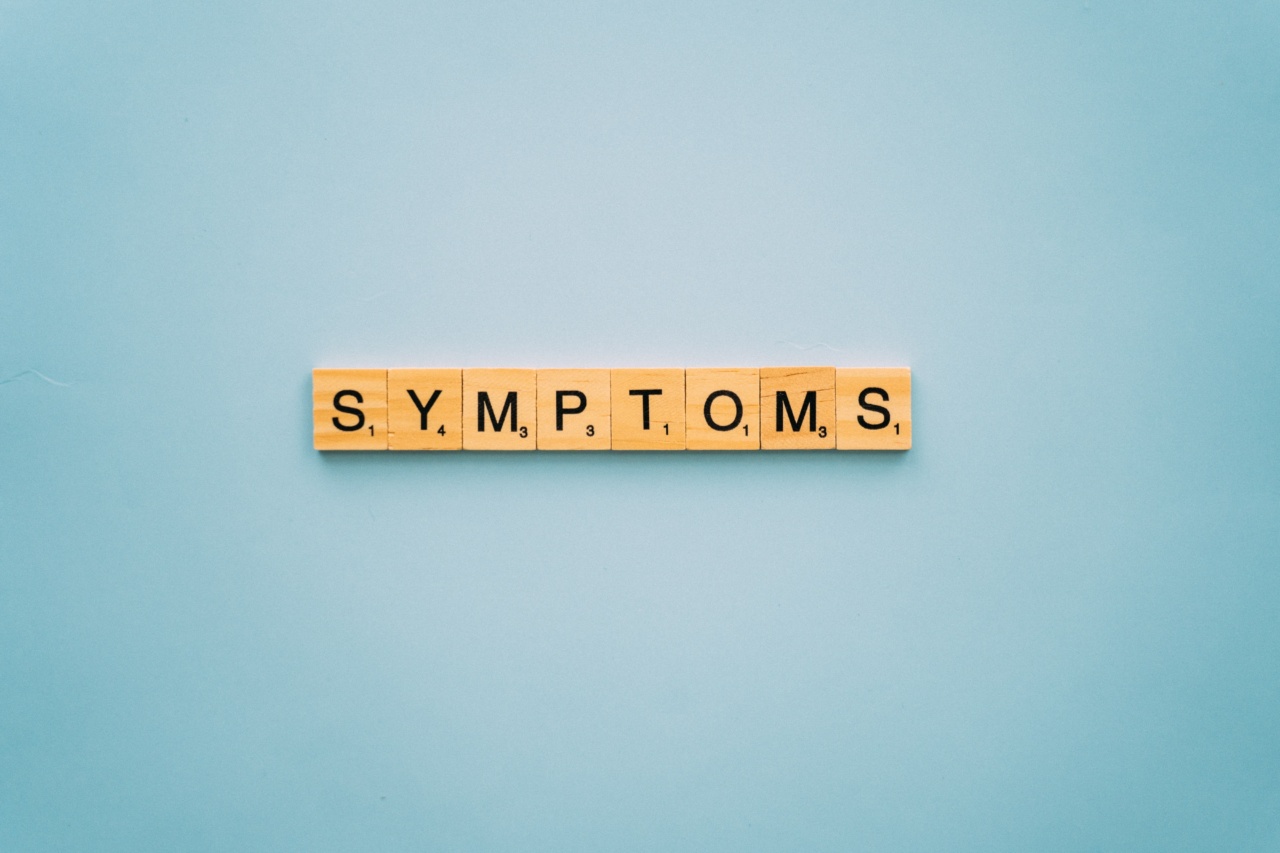Lymphoma is a type of cancer that affects the lymphatic system, a vital part of the body’s immune system. It occurs when the white blood cells, known as lymphocytes, in the lymphatic system grow out of control.
Understanding the signs and symptoms of lymphoma is crucial for early detection and treatment. In this article, we will explore the basics of lymphoma and the key indicators to watch out for.
What is Lymphoma?
Lymphoma refers to a group of blood cancers that develop in the lymphatic system. The lymphatic system is a network of vessels and organs responsible for fighting infections and aiding the body’s immune response.
These cancers typically originate in the lymph nodes, which are small bean-shaped organs that produce and store lymphocytes.
There are two main types of lymphoma: Hodgkin lymphoma and non-Hodgkin lymphoma. Hodgkin lymphoma is rarer and characterizes the presence of specific abnormal cells called Reed-Sternberg cells.
Non-Hodgkin lymphoma is more common and encompasses a wide range of different lymphomas, each with its own unique characteristics and treatment options.
Signs and Symptoms of Lymphoma
Early detection of lymphoma greatly improves the chances of successful treatment. Familiarizing yourself with the signs and symptoms can help you identify potential warning signs and seek medical attention promptly.
However, it is important to note that these symptoms can also be related to other conditions, so a proper medical diagnosis is essential.
1. Swollen Lymph Nodes
Enlarged lymph nodes are often the most noticeable and common symptom of lymphoma. They might be painless and present as lumps under the skin in areas like the neck, armpits, or groin.
If you notice persistent swelling of the lymph nodes, consulting a healthcare professional is recommended.
2. Unexplained Weight Loss
Rapid and unexplained weight loss of more than 10% of body weight within six months can be indicative of lymphoma. This weight loss often occurs without dietary changes or exercise and is accompanied by other symptoms.
3. Fatigue and Weakness
Unexplained fatigue and weakness that persists despite adequate rest can be an early sign of lymphoma. It may also manifest as a general lack of energy, reduced stamina, or frequent bouts of tiredness.
4. Night Sweats
Excessive sweating, especially during sleep, can be a symptom of lymphoma. These night sweats are often described as drenching, requiring changing bedclothes or waking up in wet clothes.
5. Recurrent Infections
Lymphomas can impair the body’s ability to fight infections. Thus, frequent and recurrent infections, such as bronchitis, tonsillitis, or urinary tract infections, may be signs of an underlying lymphoma.
6. Itching and Skin Rash
Some people with lymphoma may experience persistent itching, without any visible rash or skin irritation. This itching can occur over the entire body or specific areas and is often unrelieved by conventional treatments.
7. Abdominal Pain and Swelling
In some cases, lymphoma can affect abdominal organs, leading to pain, discomfort, or swelling in the abdomen. This symptom may be associated with an enlarged liver or spleen, causing a feeling of fullness or early satiety.
8. Chest Pain and Breathing Difficulties
When lymphoma affects the thymus or lymph nodes in the chest, it may lead to chest pain, coughing, or difficulty breathing. These symptoms may be mistaken for respiratory conditions initially.
9. Bone Pain
Unlike other types of cancer, lymphomas often cause bone pain. This pain typically occurs in the long bones, such as the arms and legs, but can also affect the ribs, pelvis, or spine.
10. Neurological Symptoms
In rare instances, lymphoma can involve the central nervous system. Neurological symptoms may include headaches, seizures, confusion, or numbness in certain body parts. These symptoms require immediate medical attention.
Conclusion
Recognizing the signs and symptoms of lymphoma is crucial for early detection and prompt treatment. While these symptoms can be indicative of lymphoma, they can also be caused by various other conditions.
Therefore, consulting a healthcare professional for proper diagnosis and evaluation is essential. If you experience persistent or worsening symptoms, don’t hesitate to seek medical attention, as timely intervention can significantly improve outcomes in lymphoma cases.



























